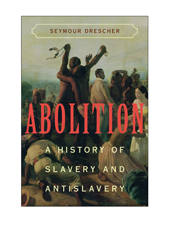1 - A Perennial Institution
Published online by Cambridge University Press: 04 August 2010
Summary
In March 1844, an English traveler in Morocco presented himself to the governor of Magador. James Richardson announced that he was the agent of a “Society” for promoting “the Abolition of Slavery and the Slave Trade in Every Part of the World.” His mission was to petition the Emperor of Morocco to join all men in all parts of the world in abolishing a traffic “contrary to the rights of Men and the Laws of God.” The governor replied that Richardson's mission was “against our religion; I cannot entertain it, think of it or interfere with it in any way whatever.” The purchase and sale of slaves was authorized by the Prophet himself. If the governor were even to accept the petition, he told Richardson, the Sultan, he claimed, would order the governor's “toungue to be cut from my mouth.” Moreover, recorded the Englishman, were the Moroccan Emperor to agree with the Society and abolish the traffic in slavery throughout his dominions, all the people would rise in revolt against him and the Emperor would be the first to have his head cut off. The governor, he concluded, “politely declined to receive the petition.”
In March 1844, the governor of Magador was not alone in refusing to receive petitions requesting the abolition of the slave trade or slavery. In 1840, the U.S. House of Representatives, after years of vituperative debate, enacted a rule prohibiting that body “from receiving, much less considering, antislavery petitions.”
- Type
- Chapter
- Information
- AbolitionA History of Slavery and Antislavery, pp. 3 - 25Publisher: Cambridge University PressPrint publication year: 2009



